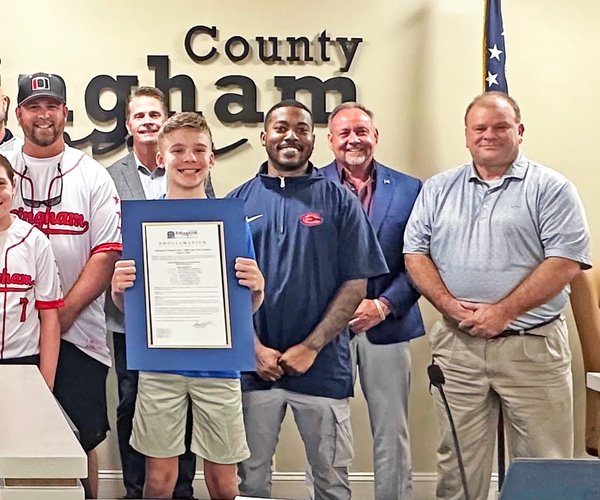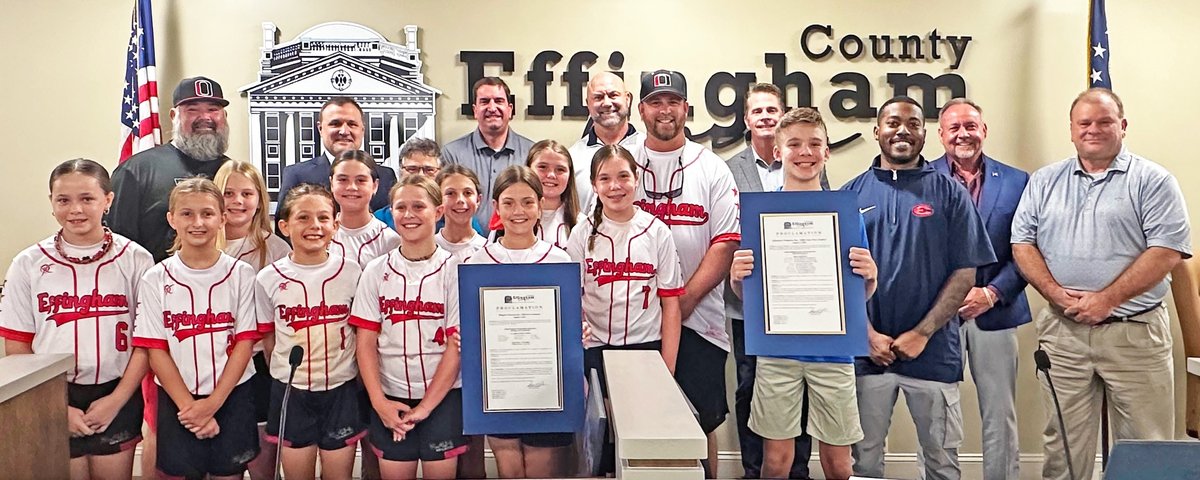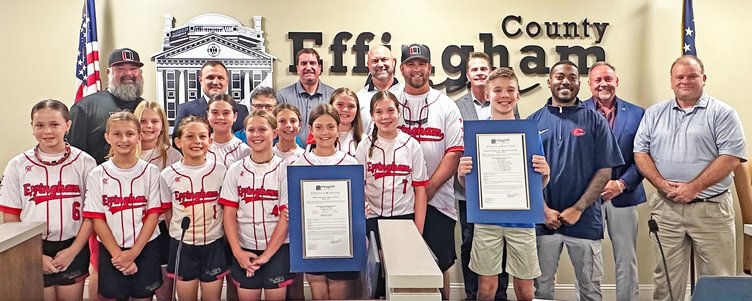Effingham Industrial Development Authority members have granted a 60-day extension on a master plan for a massive studio project off Interstate 16.
Medient Studios, which has announced it will build a movie, DVD and video game production complex on 1,550 acres off I-16 and Old River Road, asked for the postponement as it retools its expected first phase of development.
“Water and sewer demand is our biggest issue,” IDA CEO John Henry said. “Traffic flow and water-sewer demand are big drivers in their master plan.”
IDA members and staff and representatives from Medient Studios are continuing to iron out the massive project’s needs and how to meet those demands. Medient officials and IDA representatives met last week at an IDA property committee meeting to discuss the snags inherent in providing massive amounts of water and sewer. They have met twice since last Tuesday’s property committee session.
Henry said the IDA needed a linear approach, rather than the studio’s geographic method so board members and staff could “figure out what they need and when they need it.”
“We can’t do a thing without that,” IDA member Glenn Weston said of the master plan and development schedule.
Henry added the IDA has asked Medient and its partners to finalize their expected need for water and sewer capacity and when those needs will arise. The studio is proposing to accelerate the construction of on-site housing as part of its master plan.
But doing so also would significantly increase the amount of water and sewer capacity needed — and also change how quickly it can be delivered. What had been thought initially to be a 150,000 gallon-per-day need for water and sewer could top 1 million gallons per day with the housing construction.
“We have to have realistic numbers on cost and know who is going to be responsible for the cost,” Henry said.
A proposed development schedule has the start date for roads and utilities starting this month, and work on housing and the main studio next month, with completion of those occurring later this year.
“Strategically, we’re looking at phases 1 and 2 having simultaneous development,” Medient CEO Manu Kumaran said at the property committee meeting.
To deliver that much water and sewer capacity, it could be necessary to tie into the county’s water and sewer lines. That could take as much as 12-18 months to accomplish.
“We need as much time as they do,” Henry said. “We want to be able to accommodate all their future needs.”
The difference between the initial first phase need and what could be requested is about $8 million, Henry estimated. The IDA has a cost estimate on drilling a well but that estimate is only good for another month.
IDA Chairman Dennis Webb said solving the water supply concerns has three components — drilling the well as planned, drilling several smaller, temporary wells or tying into the county’s water lines near Marlow Elementary School, the nearest junction to the site. It also could be a combination of those options, he added.
The IDA and Medient had discussed using an on-site septic tank system for the first phase while a sewage treatment facility was constructed.
“The sewer side,” Webb said, “is much more complicated.”
Webb said the IDA is in close contact with temporary county administrator Toss Allen and county public works engineer Steve Liotta about the possible water and sewer needs.
“It’s going to take a lot more analysis on our part,” Henry said. “We don’t want to duplicate expenditures.”
With the revised projections of wastewater in the plan, Medient could generate as much as 800,000 gallons of reuse water. IDA officials wondered how that could be disposed. Manoj Koshy, in charge of Medient’s infrastructure, said there will be enough vegetation and greenery that needs watering.
“I’m used to using that much,” said Koshy, president and studio head of infrastructure.
The housing portion of the development is being advanced because of the amount of building materials needed and the five to six months it could take to get those delivered.
“The issue is to pre-order the steel,” Kumaran said. “The volume of steel is so huge, it’s hard to get it on the open market.”
Henry said the deadlines established in the memorandum of understanding, including the timelines of payments and job creation, don’t appear to be moving.
“They run the risk of not meeting their own deadlines,” he said.
The 60-day extension also isn’t seen as significantly slowing down the project, and a development of regional impact study still must be completed.
“I think this is going to be a great project for this region,” Henry said. “We may have to get more people involved. But as long as we’re moving forward, I think it’s going to be an extreme game-changer for the area. It’s worth the effort, it’s worth the exercise to go through to get the result we anticipate.”
“It’s an $8 million difference,” Henry said. “We’re not going to go forward without water and sewer. There’s a ton of front-end work. I have to make sure we don’t spend any more of the taxpayers’ money than we need to.”
IDA Chairman Dennis Webb said that providing the water being requested likely would not be as difficult as meeting the sewage needs.
“We’ve got to get going to make that happen,” he said.
IDA officials proposed temporary wells to handle the construction phase’s water needs until lines can be extended to the county’s water and sewer connections, which are several miles away.
“We all want to make sure it’s sustainable,” Kumaran said. “If this property is developed in the most efficient and most economical way, that’s the ideal solution for us. If we have to push back some of the things we have to do, we’re happy to do that.”








